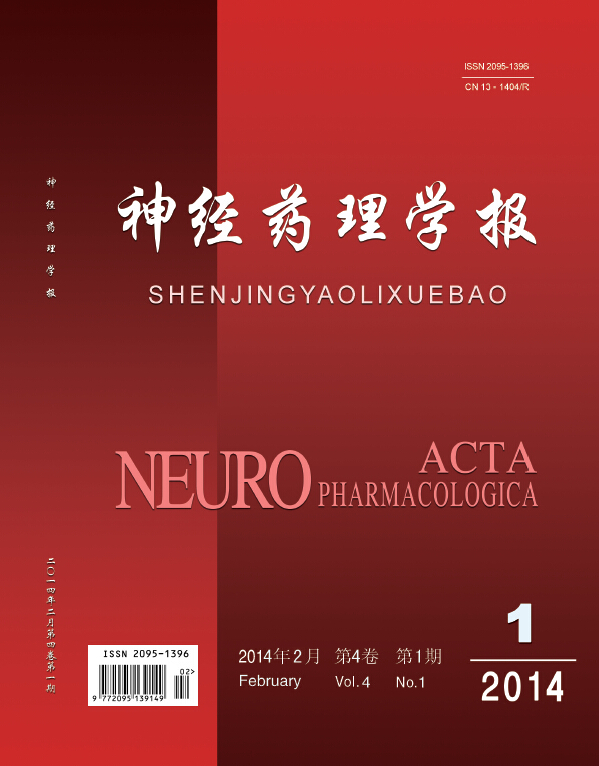|
|
Effects of Methotrexate on Acute Phrase of Spinal Cord Contusion-Induced Lipid Peroxidation in Rats
ZHANG Si, GU Bing, WANG Shuo-yu, LI Hua-nan, ZHANG Guo-fu, ZHANG Shui-yin
2014, 4 (1):
11-16.
Objective:This study examined the effect of methotrexate on acute phrase of spinal cord contusion-induced lipid peroxidation in rats and the neuroprotective mechanism of its anti-oxidant action. Methods: Rat spinal cord contusion model was prepared by Pinpoint Precision Cortical Impactor™ apparatus and then methotrexate (0.5mg•kg-1•BW)
was subcutaneously administrated at posttraumatic 30 min. ELISA method was used to determine the content of malondialdehyde(MDA)and 8-iso-PGF2α in plasma and 4-hydroxynonenal-His adduct (HNE) in injury tissue. Results: Posttraumatic 1, 3, 6, 12, 24, 48, 72 h, the contents of MDA, 8-iso-PGF2α and HNE in the methotrexate group were all lower than those in the model group, which achieved statistical significance at posttraumatic 6, 12 h (P<0.05). At posttraumatic 12 h, the content of 8-iso-PGF2α in plasma was also significantly lower than that in the model group (P<0.05). Conclusion: The appropriate doses, methotrexate could prevent secondary injury of spinal cord, which may be related to inhibiting or reducing the lipid peroxidation.
References |
Related Articles |
Metrics
|

